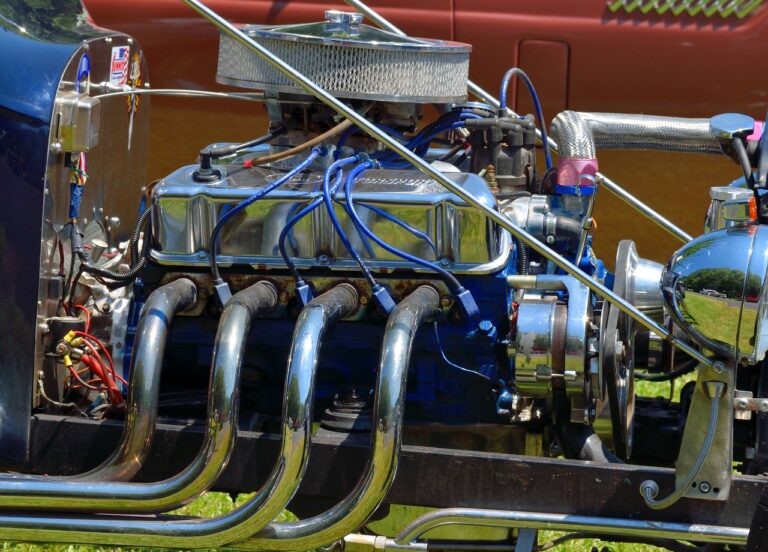Exploring Regulatory Approaches to Automotive Remanufacturing: Betbhai9 whatsapp number, Play exch.in, Lotus365.win new id
betbhai9 whatsapp number, play exch.in, lotus365.win new id: Automotive remanufacturing is a process that brings used vehicle parts back to like-new condition, providing cost-effective and environmentally-friendly alternatives to traditional manufacturing methods. As the automotive industry continues to explore sustainable practices, regulatory approaches to remanufacturing are becoming increasingly important.
1. What is Automotive Remanufacturing?
Automotive remanufacturing involves disassembling, cleaning, inspecting, and rebuilding used vehicle components to meet original equipment manufacturer (OEM) specifications. This process not only extends the life of parts but also reduces waste and energy consumption associated with traditional manufacturing processes.
2. Benefits of Automotive Remanufacturing
Remanufacturing offers a range of benefits, including cost savings for consumers, reduced environmental impact, and support for a circular economy. By reusing existing materials, remanufacturing helps to conserve resources and minimize waste, making it a sustainable and eco-friendly practice.
3. Regulatory Approaches to Automotive Remanufacturing
Regulatory approaches to automotive remanufacturing vary by region and may include legislation, industry standards, and voluntary programs. Some countries have specific regulations governing remanufactured parts, while others rely on industry initiatives to promote best practices and quality control.
4. Challenges in Regulating Remanufacturing
One of the key challenges in regulating automotive remanufacturing is ensuring consistent quality and safety standards across the industry. Without strict guidelines and enforcement mechanisms, there is a risk of substandard or counterfeit parts entering the market, posing safety hazards for consumers.
5. Certification Programs for Remanufactured Parts
Certification programs, such as the Automotive Parts Remanufacturers Association (APRA) Certified Quality Program, help to establish standards for remanufactured parts and provide assurance to consumers and businesses. By adhering to these certification requirements, remanufacturers can demonstrate their commitment to quality and reliability.
6. Collaboration between Industry and Regulators
Collaboration between industry stakeholders, regulators, and policymakers is essential for developing effective regulatory approaches to automotive remanufacturing. By working together to establish clear guidelines and incentives, we can promote the growth of the remanufacturing sector and contribute to a more sustainable automotive industry.
FAQs
Q: Are remanufactured parts as reliable as new parts?
A: Yes, remanufactured parts go through rigorous quality control processes to ensure they meet or exceed OEM specifications.
Q: How can consumers identify remanufactured parts?
A: Look for certifications or labels indicating that the part has been remanufactured by a reputable source.
Q: Are remanufactured parts more affordable than new parts?
A: Yes, remanufactured parts are typically more cost-effective than new parts, offering savings for consumers.
In conclusion, exploring regulatory approaches to automotive remanufacturing is crucial for promoting sustainable practices and ensuring quality and safety standards in the industry. By implementing clear guidelines, certification programs, and fostering collaboration between stakeholders, we can support the growth of remanufacturing and contribute to a more environmentally-friendly automotive sector.







